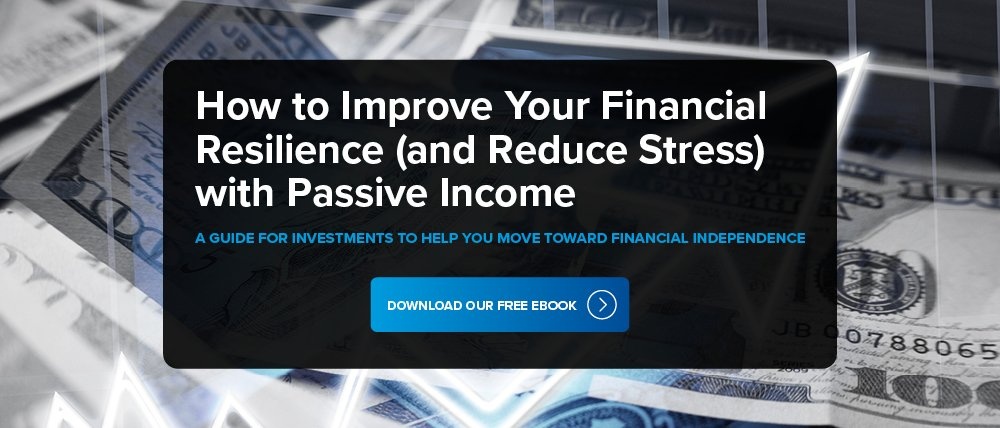It’s difficult to look at any financial sector with confidence as COVID-19 continues to change the world as we know it, but no one seems to have told homebuyers that. Across the country demand is as high as 25% above pre-virus levels, bidding wars are a common occurrence, homes are “flying off the shelves” and mortgage rates are dipping below 4% in cities like Austin, Texas. Coupled with the fact that the economic downturn is pushing first-time buyers to continue renting, and major players like Apple and Tesla will have millennials flocking to Austin in search of tech jobs, now may be the perfect time to explore investment properties. But which Austin investment properties are right for you? There is certainly no shortage of options, but here is a closer look at the most common.
Single-Family Homes
Certainly the most popular choice, and one that has spawned an entire cable network, single-family homes are the bread and butter of investment properties. A single-family home is defined as having no common walls, no shared property, and is built on its own parcel of land.
Advantages
Perception - The most obvious advantage to investing in single-family real estate may simply be the American Dream. Contrary to popular opinion among coastal states, 74% of millennials still aspire to single-family homeownership, compared to 15% for townhomes and 7% for condos. Even in the rental market, 54% of renters age 25 to 34 prefer to rent a single-family home as opposed to an apartment.
Flexibility - Because a single-family home is so engrained in the psyche of American culture, the options for return on investment are varied. Finding a property in minor disrepair and fixing it up for a quick flip could yield great returns without property management costs. Long term rentals could yield a steady stream of income over a long period of time, and even short term vacation rentals listed on popular sites like Vrbo are very attractive when you factor in Austin’s lively social scene, South by Southwest, Austin City Limits, and plenty more.
Disadvantages
Perception - I know. Let me explain. Especially when it comes to short term rentals, all it takes is one rowdy weekend to sour the rest of the neighborhood on your new investment. 2019 saw some significant crackdowns and even some complete bans on vacation rentals in destination cities. Even long term rentals can draw the ire of more affluent neighborhoods.
Risk - You never know what’s inside those walls. While you might hope the only repairs needed are cosmetic, a busted pipe, faulty wiring, or a leaky roof could end up eating big chunks of your profit.
To learn more about Austin investment properties, connect with our team of specialists today!
Multifamily Homes
Apartment buildings, duplexes, and townhomes all qualify as multifamily homes. Essentially, they are defined as a single building meant to house multiple families living separately.
Advantages
Potential - More heads, more beds, more profit. Several units collecting rent as opposed to one could net a much higher passive income. Higher monthly cash flow might also open up the possibility of hiring a property manager, which takes a lot of the day-to-day responsibility off your plate.
Financing - Because of that potential for consistent, high revenue, and a lower per-unit cost, you may find it is actually easier to obtain financing for a multifamily property. The foreclosure rates are also lower on multifamily properties compared to single-family, making it easier for banks to offer lower interest rates on loans.
Disadvantages
Upfront Cost - While the median sale price of a single-family home in Travis County came in at $376,500, you could end up shelling out millions to be in the running for a multi-unit property.
Multiplied Risk - Similar to single-family homes, costly repairs could add up quickly. Where you may only have to worry about a single garbage disposal in a single-family home, a 4-unit home has 4...and 4 dishwashers, 4 refrigerators, 4+ toilets, 4+ showers, etc.
Retail
Your favorite place to spend money that’s not the internet. Retail space is zoned specifically for selling products as opposed to manufacturing them.
Advantages
Multi-year Leases - Whereas the average single or multifamily lease might only be a year, retail tenants will most likely be looking to find a prime location that they can stay in until they outgrow it. They may also want to invest in the property themselves, personalizing it to suit their specific business and clientele, making them much less likely to walk away from it except in specific circumstances.
ROI - The return on investment for a retail space ranges from 6% to 12% depending on the area, whereas a single-family home nets 1% to 4%.
Disadvantages
Economic Conditions - The rise of internet shopping has certainly taken its toll on brick and mortar over the last few years and COVID-19 is not helping matters. As more companies look for innovative ways to make their business contactless and fewer people feel comfortable leaving their homes to shop, the need for retail space may continue to dwindle. Only time will tell if America returns to shopping malls in the same numbers they use to.
Choices, Choices, Choices
The list does not end there. Self-storage, industrial, mixed-use, and others might also be a good fit. While the options can seem overwhelming, Austin’s burgeoning pre-virus economy and its resilience in the face of record unemployment continue to make it an attractive option for real estate investment.




